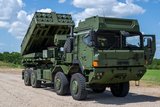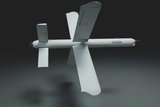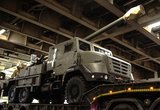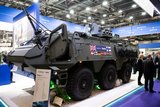US Army indirect fire initiative advances
The selected system for IFPC must integrate with the IBCS and the Sentinel A3 radar seen here
Industry proposals for the US Army’s Indirect Fires Protection Capability – Increment 2 (IFPC-2) are expected to be presented by 4 June.
The IFPC-2 system is designed to counter medium-to-large UAS and cruise missile threats, filling a gap in short-medium range air defence capability below that provided by the long-range Patriot system.
A shoot-off of competing systems from bidding companies was completed in April and May to validate the kill-chain against a range of targets that has informed both US Army decision-makers and helped to develop the proposals.
MG Robert Rasch, PEO Missiles and Space in the US Army, told
Already have an account? Log in
Want to keep reading this article?
More from Land Warfare
-
![Hungary set to begin using Hero 400 loitering munitions]()
Hungary set to begin using Hero 400 loitering munitions
Developed by Israel's Uvision and with systems being sold in the thousands to multiple European NATO countries and the US, the Hero family of loitering systems is also in production in the US and Italy, the latter through Rheinmetall.
-
![Lithuanian 1st Division to achieve initial operating capability in 2026]()
Lithuanian 1st Division to achieve initial operating capability in 2026
Lithuania is one of the countries stepping up its defences in the face of the war in Ukraine with a particular focus on its neighbour and Russian ally Belarus, which has been making incursions into Lithuania’s airspace with balloons and drones.
-
Medium knocked out of British Army LMP, with CAVS as heavyweight champion
As the British Army seeks to modernise and consolidate its diverse vehicle fleet, yet another change in direction is underway.























